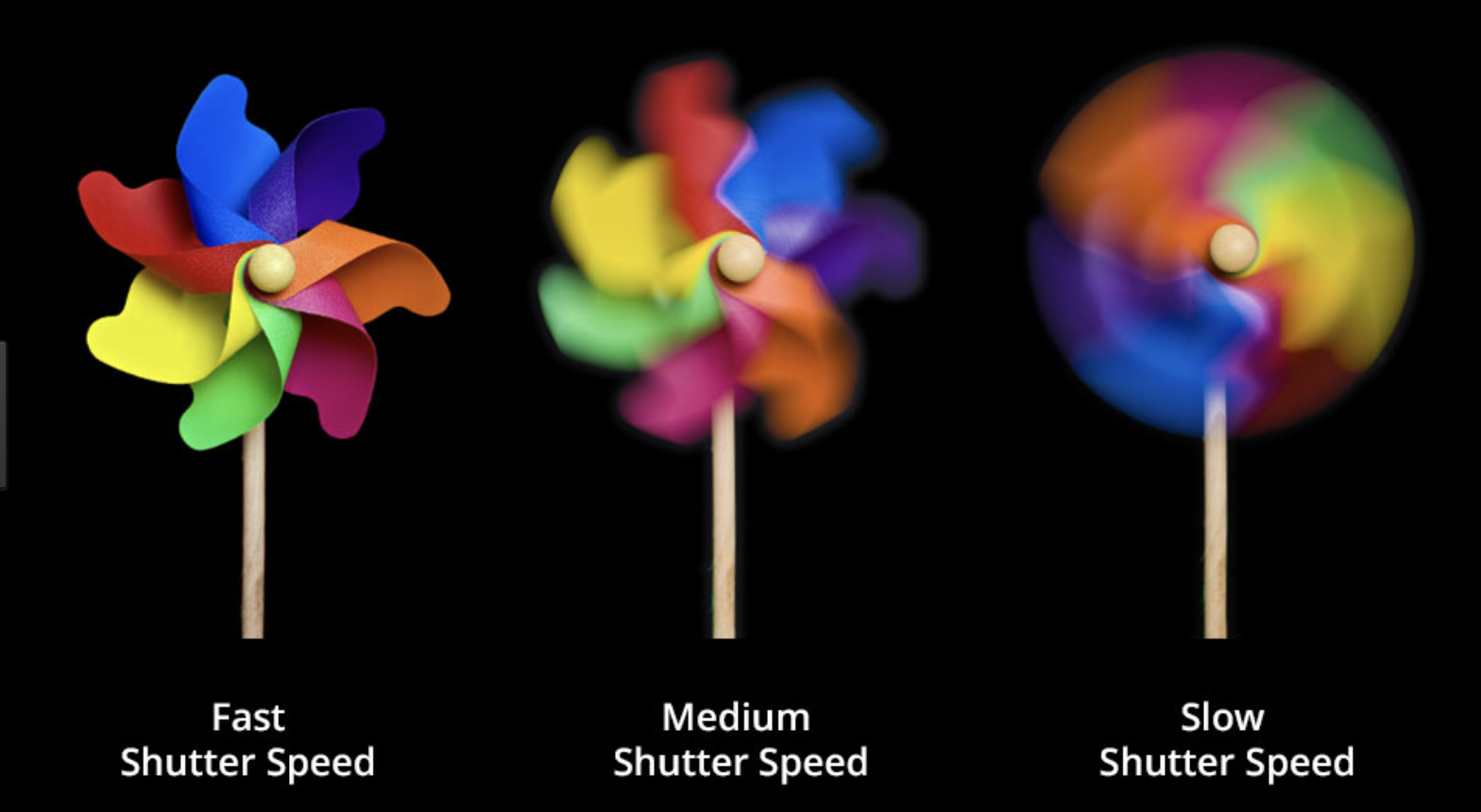what is shutter speed?
It is the nominal time for which a shutter is open at a given setting.
Shutter speed is measured in seconds – or in most cases fractions of seconds. The bigger the denominator the faster the speed (ie 1/1000 is much faster than 1/30). Shutter speed is also the time for which the shutter is open in order to portray a certain vision or effect,such as the length of time that a camera could be exposed or open to certain amounts of light.You can also use light to develop shape with a long held shutter speed to create images and twist such as:
This meaning that a fast shutter speed such as the usual 1/60th or some seconds faster will be crisp,and capturing a sufficient movement .
whereas a slower shutter speed is used in order to cause a motion or a blurring effect to the piece itself,this can sometimes be difficult to capture due to the shale of a camera when the shutter is open results in a blur and perhaps not where it is desirable
shutter speed usually doubles in number value within each setting such as going from 1/500, 1/250, 1/125, 1/60, 1/30, 1/15, 1/8 etc. this is handy and accessible due to it being bale to differentiate aperture settings and allow good exposure speeds by increasing or decreasing the settings. for example a slower shutter speed will allow a more flowing tones such as a waterfall of capturing the movement of a train

I took this image but applying a long shutter speed and getting the person herself to move and sway, this pursues an almost replication of her face and also shows movement, it also works due to the light underneath also highlighting the bottom of the face again exaggerating the movement and blur of the piece.

With this image I wanted to move the light around so that that small bulb would be dragged and cause a blur but there is also a clear movement form side to side with is highly effective.It also has a very interesting composition to the piece itself.
 Finally with the third piece I wanted one specific light and a movement in a repetitive pattern such as above with a very long shutter speed to be able to create thew lines and movement within the time before it is captured. It is very interesting as to how the Ines break apart and how some are thicker and more developed due to the overlapping light hole the photo was being captures, it is very experimental but also works with interesting compositions and lines within the shape.I do prefer how the lighter lines at the bottom create a more free effect to the piece itself, and that would also be effective in the next piece.
Finally with the third piece I wanted one specific light and a movement in a repetitive pattern such as above with a very long shutter speed to be able to create thew lines and movement within the time before it is captured. It is very interesting as to how the Ines break apart and how some are thicker and more developed due to the overlapping light hole the photo was being captures, it is very experimental but also works with interesting compositions and lines within the shape.I do prefer how the lighter lines at the bottom create a more free effect to the piece itself, and that would also be effective in the next piece.

